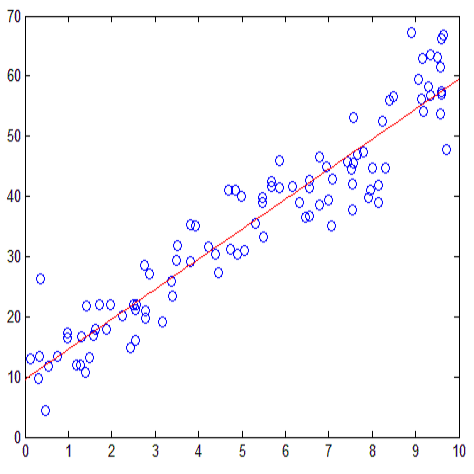Fisher's randomization test (FRT) delivers exact $p$-values under the strong null hypothesis of no treatment effect on any units whatsoever and allows for flexible covariate adjustment to improve the power. Of interest is whether the procedure could also be valid for testing the weak null hypothesis of zero average treatment effect. Towards this end, we evaluate two general strategies for FRT with covariate-adjusted test statistics: that based on the residuals from an outcome model with only the covariates, and that based on the output from an outcome model with both the treatment and the covariates. Based on theory and simulation, we recommend using the ordinary least squares (OLS) fit of the observed outcome on the treatment, centered covariates, and their interactions for covariate adjustment, and conducting FRT with the robust $t$-value of the treatment as the test statistic. The resulting FRT is finite-sample exact for the strong null hypothesis, asymptotically valid for the weak null hypothesis, and more powerful than the unadjusted analog under alternatives, all irrespective of whether the linear model is correctly specified or not. We develop the theory for complete randomization, cluster randomization, stratified randomization, and rerandomization, respectively, and give a recommendation for the test procedure and test statistic under each design. We first focus on the finite-population perspective and then extend the result to the super-population perspective, highlighting the difference in standard errors. Motivated by the similarity in procedure, we also evaluate the design-based properties of five existing permutation tests originally for linear models and show the superiority of the proposed FRT for testing the treatment effects.
翻译:Fisher的随机测试( FRT) 在对任何单位都没有任何处理效果的强烈无偏差假设下, 提供准确的美元价值, 并且允许灵活地共变法调整, 从而改善权力。 有趣的是, 该程序是否也适用于测试零平均处理效应的薄弱无偏差假设。 为此, 我们评估 FRT的两种通用战略, 并使用复变调整测试统计数据 : 基于结果模型的剩余值, 仅使用共变方差, 并且基于结果模型的输出值, 并同时使用处理和共变法。 根据理论和模拟, 我们建议使用普通最低正方( OLS) 来适应所观察到的处理结果、 中心共变差测试及其相互作用, 用于测试零平均处理效应的弱无偏差。 由此产生的 FRT 只能对强的无偏差假设进行限定缩缩写, 且比替代模型下未调整的模拟力更大, 不论在最初的线性模型中, 是否正确指定直线性模型, 也用随机性模型 来测试 。




